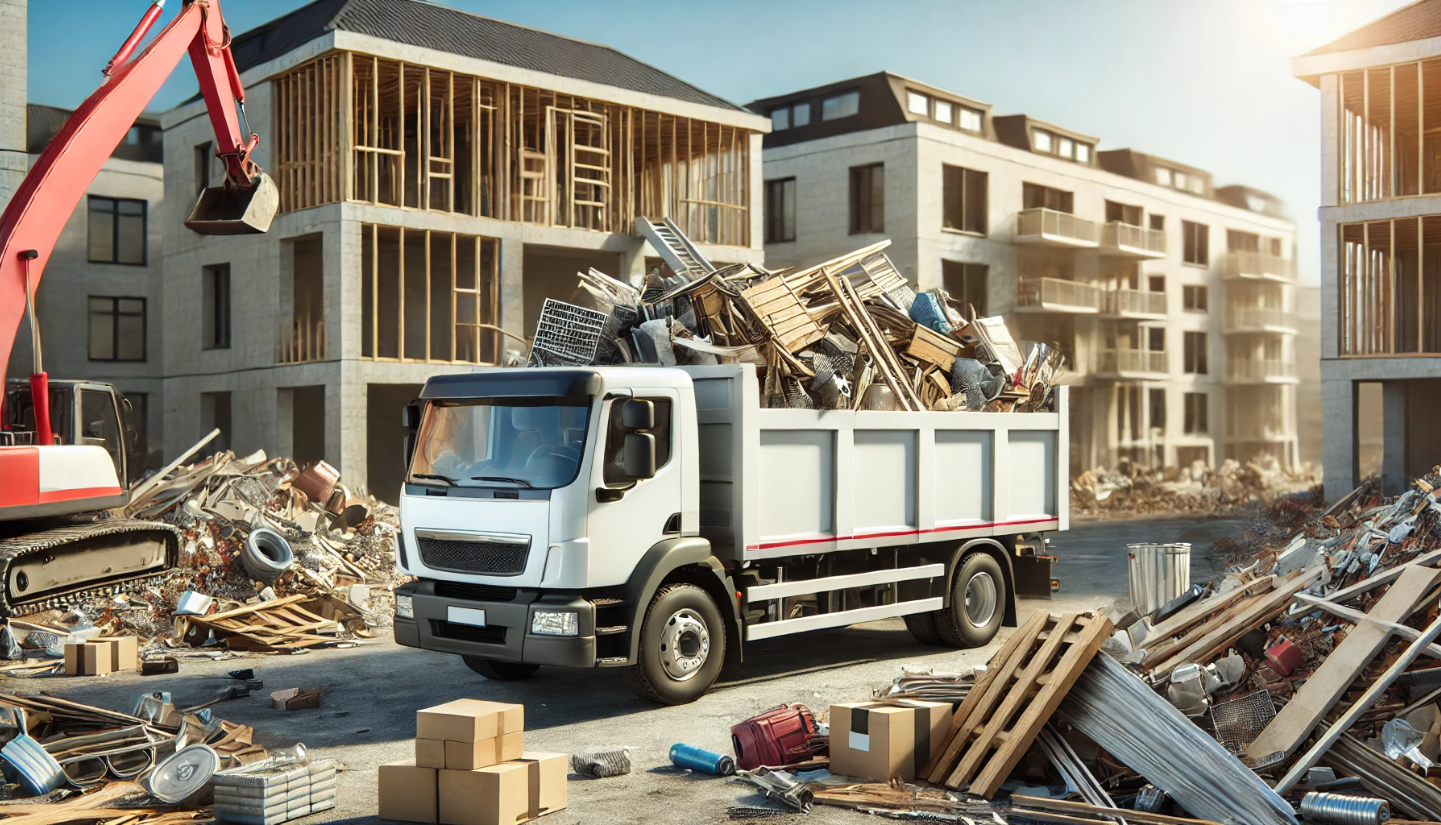
Construction Debris Removal – Your Guide to Efficient and Eco-Friendly Cleanup
Construction projects generate a lot of debris, from broken drywall to scrap metal and wood. Properly managing this waste is crucial for maintaining a safe and efficient worksite. Construction debris removal services simplify cleanup by handling everything from sorting to disposal, ensuring your site stays organized and environmentally responsible. This guide will cover the benefits of professional debris removal, eco-friendly practices, and tips for selecting the right service.
Why Construction Debris Removal Matters
1. Maintain a Safe Worksite
- Removing debris promptly reduces risks of accidents and injuries.
2. Improve Efficiency
- A clean worksite allows workers to focus on completing the project without obstacles.
3. Ensure Compliance
- Proper disposal of construction waste aligns with local regulations, avoiding fines or penalties.
4. Promote Sustainability
- Recycling and reusing materials minimize environmental impact.
Steps for Effective Construction Debris Removal
1. Develop a Waste Management Plan
- Identify the types of debris your project will produce.
- Create designated areas for sorting materials into categories: recyclable, reusable, and trash.
2. Hire Professional Debris Removal Services
- Choose providers experienced in construction site cleanouts.
- Verify their recycling practices and disposal methods.
3. Schedule Regular Cleanups
- Avoid buildup by scheduling periodic debris pickups throughout the project.
4. Train Your Team
- Educate workers on proper sorting and disposal practices to streamline cleanup.
5. Follow Up Post-Cleanup
- Inspect the site to ensure all debris is removed and disposed of responsibly.
Common Types of Construction Debris
| Type of Debris | Examples | Disposal Method |
|---|---|---|
| Wood | Lumber, pallets, plywood | Recycling, repurposing |
| Concrete & Asphalt | Broken pavement, bricks | Crushing for reuse in road construction |
| Metal | Steel, aluminum, copper | Scrap metal recycling |
| Drywall | Sheetrock, plasterboard | Recycling into new drywall |
| Hazardous Materials | Paint, adhesives, chemicals | Certified hazardous waste disposal |
| General Trash | Packaging, plastic sheets | Landfill or incineration |
Eco-Friendly Practices in Construction Debris Removal
Sustainability is essential in today’s construction industry. Here’s how to make your project greener:
1. Recycling Programs
- Materials like concrete, metal, and wood can be processed and reused in future projects.
2. Donation Opportunities
- Usable items like excess lumber or fixtures can be donated to organizations such as Habitat for Humanity.
3. Minimal Landfill Use
- Providers aim to recycle or repurpose as much waste as possible, reducing landfill contributions.
4. Proper Hazardous Waste Disposal
- Paint, solvents, and other hazardous materials are taken to certified facilities to prevent environmental harm.
FAQs About Construction Debris Removal
1. What materials can be recycled from construction debris?
- Common recyclables include wood, concrete, metal, and drywall.
2. How often should I schedule debris removal?
- For large projects, weekly or bi-weekly pickups are recommended to keep the site clear.
3. Are hazardous materials included in debris removal?
- Some services handle hazardous waste, but you should confirm certifications in advance.
4. How do I ensure eco-friendly disposal?
- Choose a provider that prioritizes recycling, donation, and proper hazardous waste management.
5. What happens to the debris after removal?
- Materials are sorted for recycling, donation, or safe disposal based on type.


